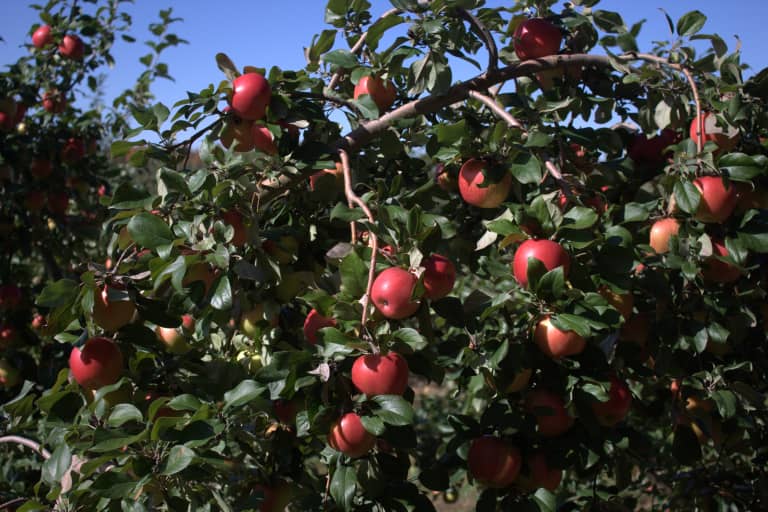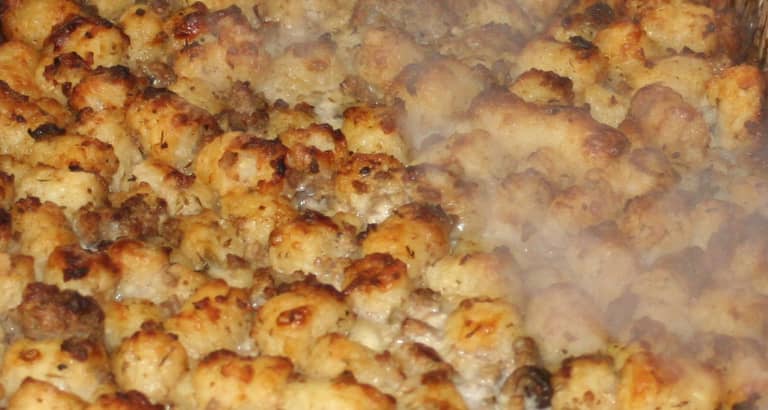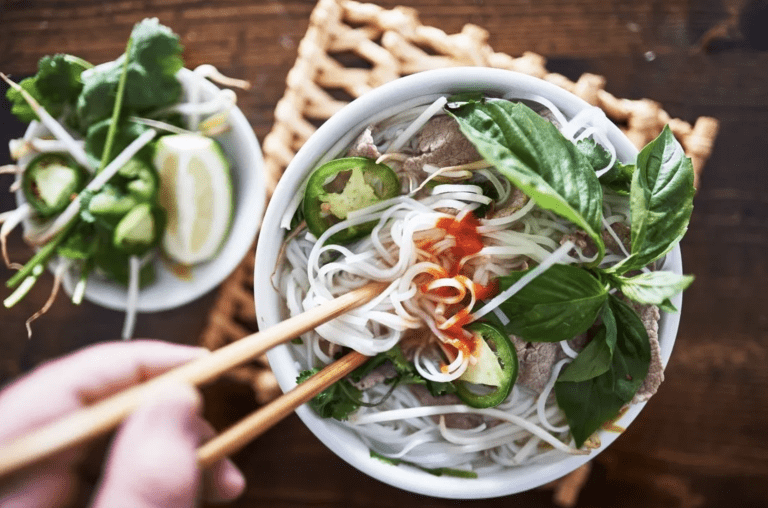Since we’ve got a bit of time on our hands with the MLS season suspended, we thought it would be a good time to relax, have a little fun and stretch out a bit with some posts beyond the usual recaps, preview and interviews. Here we're revisiting a post we first put up in 2017 around the time of the State Fair taking an in-depth look at which Minnesota foods would fit where on the soccer pitch.
Listen, it all starts to make sense after you've been in your house more or less continuously for three weeks.
As it is in so many things, Minnesota is an underdog when it comes to cuisine. But the North Star State is no slouch once you dig in a little bit and get to know us. Steeped in tradition but also occasionally innovative in the kitchen, Minnesota is ready to field an All-Star Starting XI of foods.
And none of them are on a stick. Sorry, State Fair.
Did we miss anything? Cheese curds too Sconnie for you? Let us know in the comments below.

GK - Honeycrisp Apple
Developed at the Minnesota Agricultural Experiment Station's Horticultural Research Center at the University of Minnesota and first released in 1991, the Honeycrisp apple is a model of consistency and stalwart freshness — two qualities prized in any goalkeeper. It’s difficult to find a bad Honeycrisp, and anyone who grew up biting into mealy Red Delicious apples can tell you how important that kind of reliability is to true apple enjoyment. Goalkeepers also need to have an edge, and Honeycrisps bring that with a crisp tartness and an aggressive flavor profile. Their combination of durability, steadfastness and tart apple flavor makes a natural pick in front of the net.
LB - Lefse
Born in Norway but raised in Minnesota, lefse won’t count against the team’s international spots. Lefse is a cousin of both the tortilla and the crepe, but its potato base gives it a hearty resilience that serves it well when defending on the wing. Yet the most common preparation of butter with sugar and cinnamon is easy and quick enough to make it a threat on the overlap. As a dessert, it’s obviously known for its finishing qualities, but in a pinch, lefse can shift into center back to act as a platform for savory ingredients like lox or meatballs.

CB - Tater tot hotdish
Like many central defenders, tater tot hotdish flies under the radar, but it’s there when you need it. A rich and hearty combo of ground beef, cream of mushroom soup, corn (or maybe green beans) and the titular tots, this casserole is a traditional fallback option for anyone who’s flat out of ideas for what to make while also being a Minnesota standard for comfort and security. It’s not sexy or trendy, but tater tot hotdish gets the job done.
CB - Bars
The other half of a pair of center backs built for maximum reliability and security, bars are the easy-to-make dessert that no one will turn down — at least until there’s one left in the pan and then no one is eating that one. That “last man back” mentality serves the treat well on defense, though, where versatility also comes into play. Need to body up an attacker on a set piece? Go with a stout oat bar with peanut butter and chocolate frosting. Need something a little more fleet of foot that can get deflections? Let me introduce you to zesty lemon bars. Any way you cut them (although squares is traditional), a good tray of bars is good for staving off a hungry bunch of attackers.
RB - Spam
Spam is produced in Austin, Minnesota — also home to the Spam Museum — and it displays several admirable qualities for a right back, the most important being affordability (a key concern in building a roster) and stamina. The canned meat product can stay fresh for months without refrigeration, so it should have no problem going the full 90 for our team. Since it was introduced in 1937, Spam has been used in everything from sandwiches to sushi and appears on menus at Burger King and McDonald’s in Hawaii and Guam. Every coach should prize that kind of range and versatility.

DMF - Pho
Taking up an international slot on the roster, pho found a home in Minnesota via Hmong immigrants. From University Avenue in Saint Paul to Central Avenue and Eat Street in Minneapolis, you’re never very far away from a delicious broth with near-miraculous restorative power in the Twin Cities. A popular street food, pho is direct and effective, a consummate #6 built on the steadiness of noodles plus broth, but capable of changing things up with anything from meatballs to brisket to oxtail to straightforward chicken.
DMF - Wild Rice
A homegrown player, this stout grain has been the backbone of a good Minnesota diet for hundreds of years — the Ojibwa consider wild rice to be a sacred part of their culture. Its sturdiness makes it an excellent defensive player, and the versatility on display in its use in everything from soups to baked goods to casseroles make it ideal in a box-to-box role. Wild rice will be the linchpin connecting the defensive and offensive lines because its high fiber content makes for improved passing out of the backfield.
LMF - Walleye
Walleye is another homegrown player who came up through the academy system of Minnesota foods, going from also-ran lake fish unable to stack up to its coastal brethren to breakout star once chefs began to cotton to its unique qualities. Although best approached as the primary offensive option and main course for a meal, smaller cuts of the fish battered and fried can serve as an excellent starter and setup option for the offense as a whole.

AMF - Jucy Lucy
There are many foods that have become synonymous with Minnesota, but few are as strongly associated with the Twin Cities specifically as the Jucy Lucy. No visitor to the area who eats meat should leave without trying the classic cheese-on-the-inside burger at Matt’s. Everything about the experience — from the lack of plates to the little fried onions to the shoestring fries to the little paper cup for ketchup to the burger itself — is quintessentially Twin Cities. As such, the Jucy Lucy gets place of pride as the team’s #10, the crux and motor of the offense.
RMF - Cheese curds
Let’s be honest: playing on the side is where cheese curds work best. Their gooey, golden cheesy goodness works best when it’s being shared among friends or resting comfortably next to some other, more hearty fare as a main dish. But let’s be equally real and acknowledge that we’ve all made a meal of them, stuffing one after another into the mouth of goal until a lopsided win begins to feel a little unseemly, a little bloated. They can be an important part of your offense, but please, don’t rely on them overmuch. It’s not good for your team’s long-term playoff prospects.
F - Lutefisk
Like many of the great strikers, lutefisk is a bit enigmatic, perhaps even misunderstood. One thing is for sure, though: one of a forward’s key abilities is to generate space and get free from defenders and absolutely no one wants to get anywhere near a dish made from dried whitefish soaked in lye until it turns into a gelatinous substance. The flavor is (supposedly) mild, making it the strong silent type who leads by example. That reputation is enough, though, to have defenders begging to cozy up to cheese curds or a Jucy Lucy on corner kicks rather than having to closely mark a plate of caustic fish that literally ruins silverware and that had to specifically be exempted from the definition of toxic substances by the state of Wisconsin.





